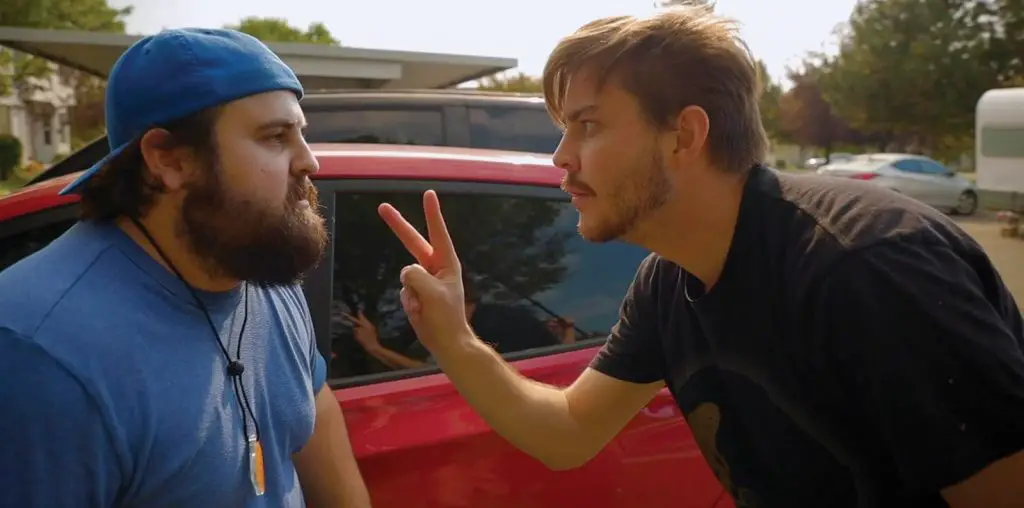
“K-19 the Widowmaker” may have a nuclear submarine at its center, action icon Harrison Ford above the title, and slam-bang action director Kathryn Bigelow behind the camera, but one name in the credits counteracts any explosive expectations one may have: “National Geographic.” “K-19,” while watchable, skews more toward the drier expectations fostered by that publication’s name then the more exciting, explosive ones associated with the genre.
The film is based on a long-buried incident in Soviet military history, which definitely accounts for the lack of traditional thrills. After all, the year is 1961, and the only war brewing is the Cold War, so the expected action-oriented payoffs–such as, say, crew members being tossed by the impact of exploding depth charges–obviously aren’t in the offing. Under the command of the stern Captain Alexei Vostrikov (Ford, whose Russian accent isn’t that distracting in context) and Captain Mikhail Polenin (Liam Neeson, looking far more comfortable than Ford), the nuclear sub K-19’s mission is apparently to undergo a series of readiness tests, culminating in a test missile launch. How tense and suspenseful can this be, right?
However slow-going and tedious the seemingly endless battery of tests may feel as one watches them, Bigelow’s carefully paced opening passages do provide necessary groundwork for when the film takes off–and, indeed, the pieces start coming together and the dramatic momentum palpably starts to build about halfway through. Vostrikov’s arrogant ambition unwittingly sends the sub on a crash course with global catastrophe, and the escalation of events is tense, as is the friction between Vostrikov and Polenin. But since this is a history-based film, and one co-produced by National Geographic at that, all the build-up doesn’t exactly lead to a satisfying release. There doesn’t necessarily need to be mindless spectacle in the climax, and Bigelow earns points for not shoehorning in a big blow-up for the sake of having one. That said, there had to have been a more effective, not to mention more appropriately subtle, substitute than the forced sentimentality Bigelow and screenwriter Christopher Kyle shove down the audience’s throat at the film’s climax.
“K-19″‘s case of saccharine poisoning gets worse after that, and while the sap-soaking doesn’t occur until the latter stages of the home stretch, it’s no less irksome. The courage and bravery of the K-19 crew shines through clearly–and then some–as the film progresses without all the heavy-handed, tidy “this is what we learned” speechifying in the coda. Even without pointless pyrotechnics, the initially promising, sporadically gripping “K-19” still manages to find another way to become a big-budget Hollywood summer production that shamelessly panders to the lowest common denominator.

